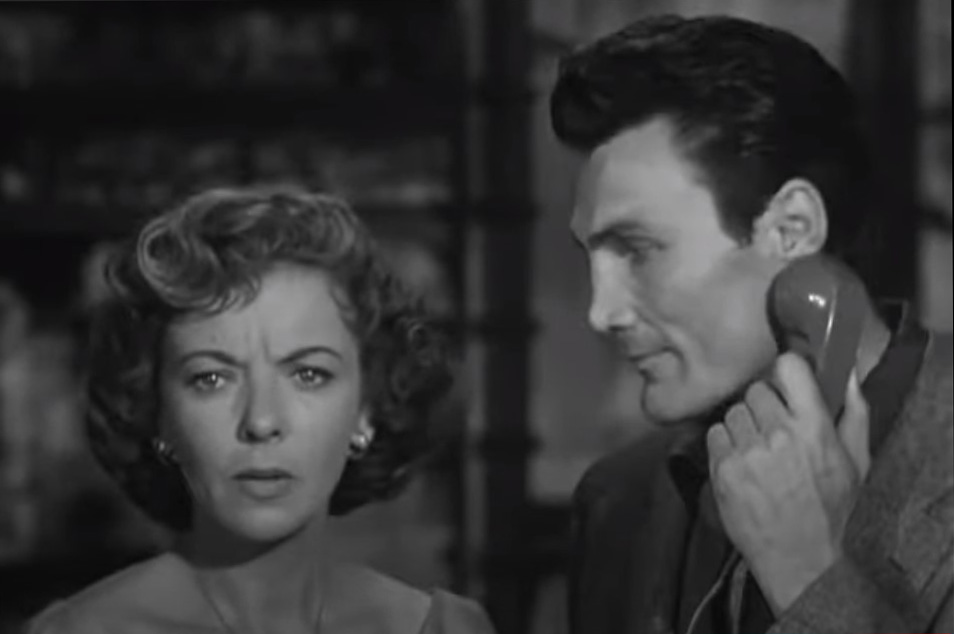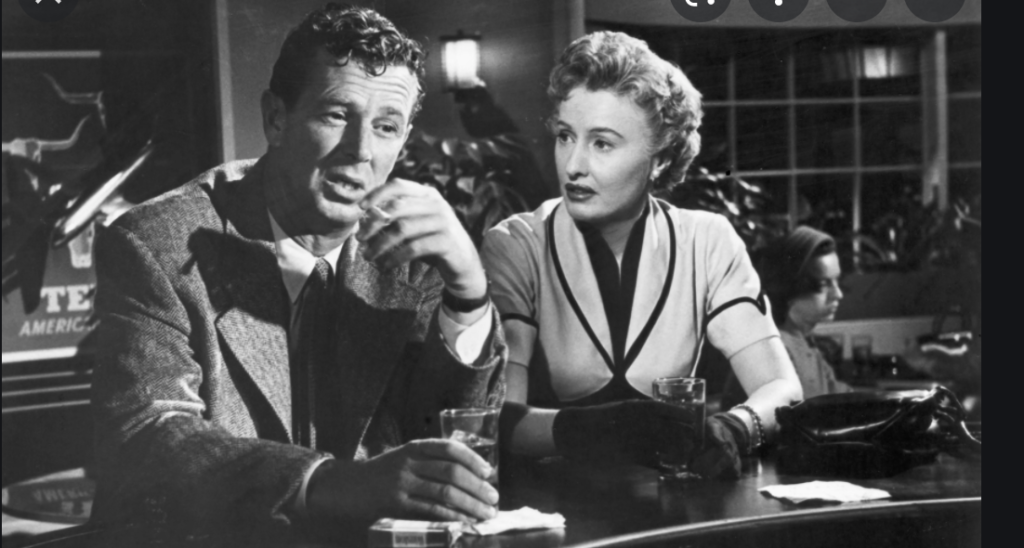Douglas Sirk seems like the quintessential 1950s filmmaker. As much as his films strain against the conventional norms of that time, they inevitably end up snapping back into line, tacitly approving the limits that corral his characters’ more rebellious impulses.
In There’s Always Tomorrow, based on a novel by Ursula Parrott (which also inspired a 1934 film version), Sirk finds a suitable subject, one that fits his penchant for romantic longing curbed by, but undimmed by realism.
The stars make the film so much more than a cliched romance. Who could more fittingly convey the good 1950s husband, trapped in the stifling embrace of a family that has no longer respects him, crippling his own sense of himself as a man, than Fred MacMurray, playing Clifford Groves. And who could be the better counterpoint to MacMurray’s quietly expressive hound dog face and distinctive baritone, clotted with emotion, than Barbara Stanwyck’s Norma Vail, who has learned the lessons of desire and love lost, and who can guide MacMurray, with great humanity, beyond his personal travails, to a wider view.
The women are the wise ones, after all. There’s a temptation to villify Cliff’s wife, Marion, who seems to exemplify the benign neglect which has brought him to the breaking point. But there is a scene late in the film, when Marion demonstrates true solicitude for her husband’s troubled state of mind, which suggests that her love is real, and takes the form of a quiet constancy, and that Cliff’s discontent may be more the result of a desire for novelty than love for Norma. “You know me better than I know myself,” Cliff admits.
Marion and Norma ultimately speak with one voice, which is the voice of Sirk himself.


